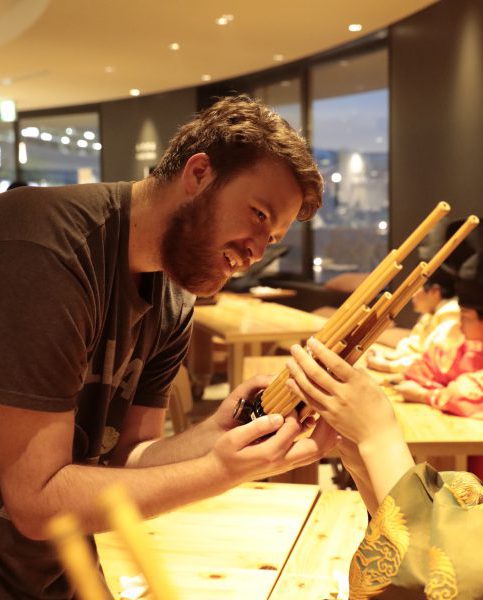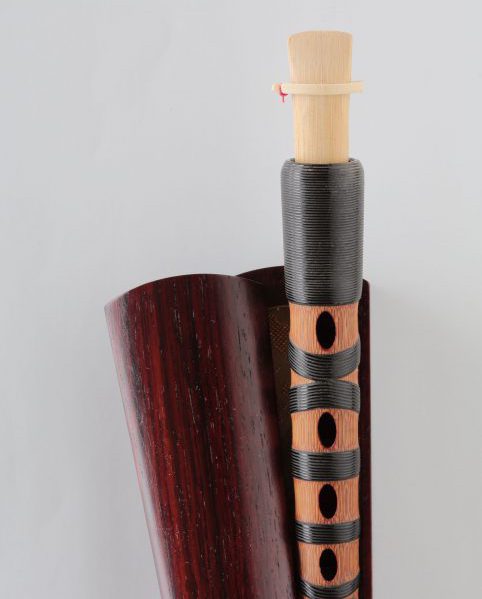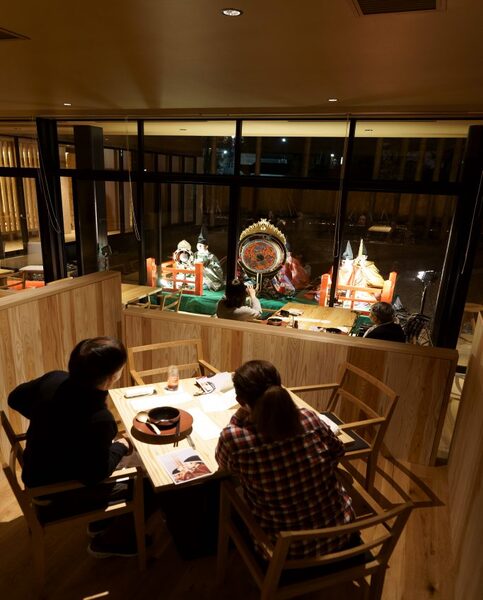
Irodori Gagaku
On demand program
In Japan in ancient times, a number of songs and singing styles such as Kagura, Yamato-Uta, and Kume-Uta existed, and these were also accompanied by simple dances. From approximately the 5th century, music and dances were brought to Japan from the ancient civilizations of countries such China and Korea at around the same time that Buddhist teachings and cultures were permeating the country. Gagaku, a fusion of these music and dances, was completed in its artistic form by about the 10th century, from whence it has been passed down from generation to generation under the patronage of the Imperial Family. The Japanese singing style and vocal arrangements for Gagaku are composed of advanced musical techniques, and Gagaku has not only contributed to the creation and development of modern-day music, but also has by itself the potential to develop in many aspects, as a global art form.
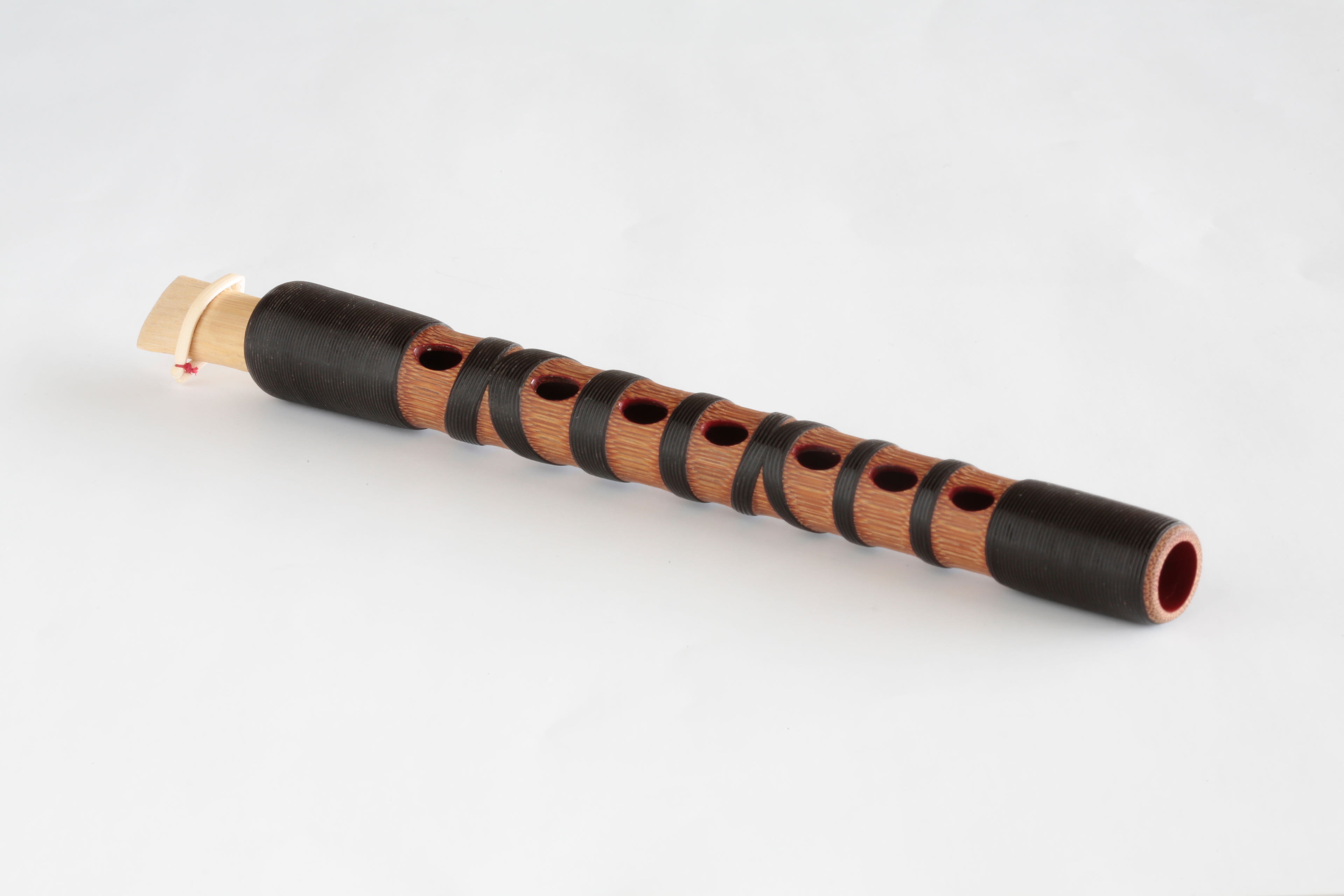
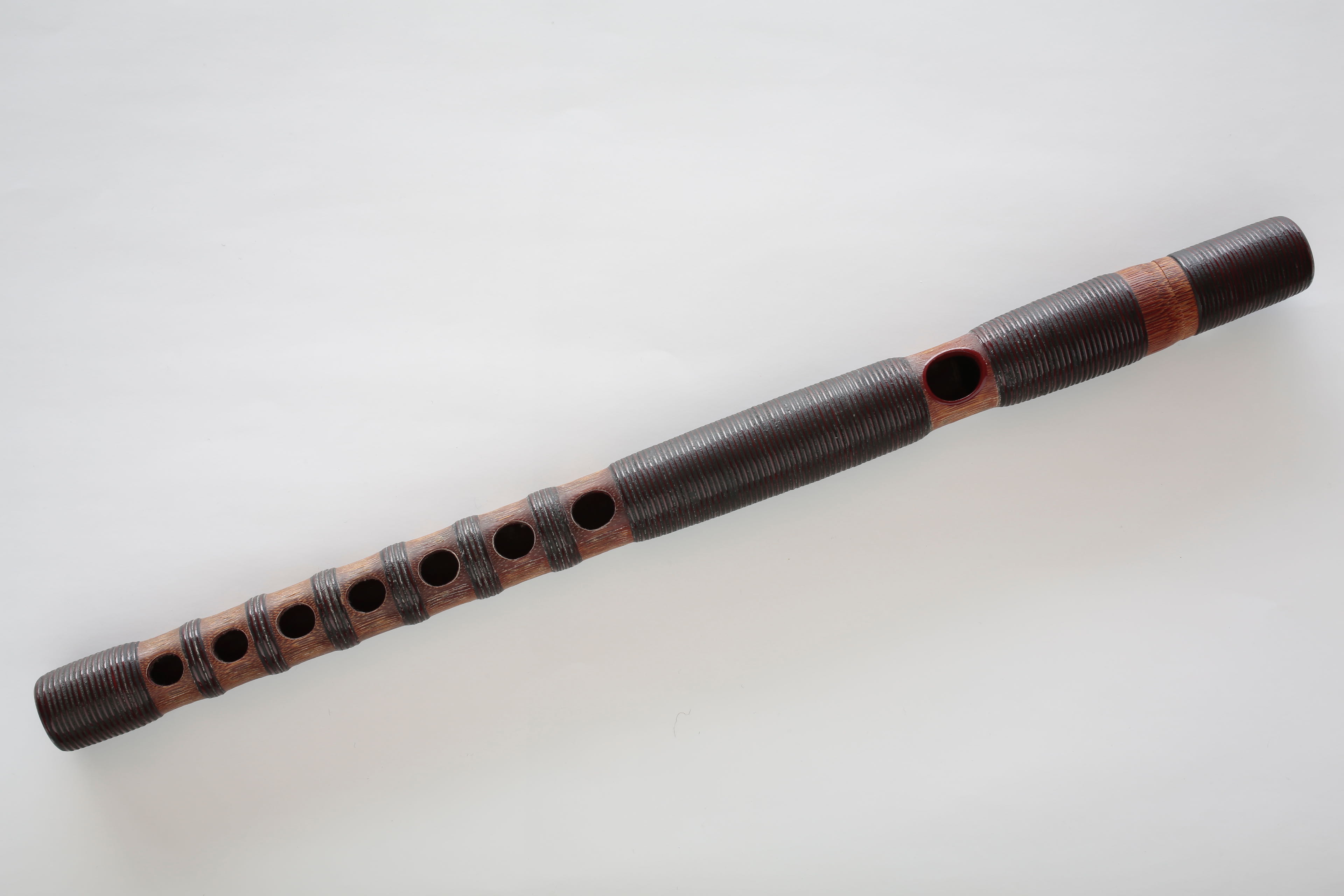
In addition to the Kuniburi-no-Utamai, which are native-style songs and dances based on the music of ancient Japan, including Kagura, Yamato-Mai, Azuma-Asobi, Kume-Mai, and Gosechi-no-Mai, songs and dances from continental Asia, such as Tōgakufrom China, and Komagaku from Korea, were merged together during the Heian period in Japan to form vocal forms such as Saibara, and Rōei. There are three forms of performance of Gagaku, which are Kangen (Instrumental), Bugaku (dances and music), and Kayō (songs and chanted poetry). The instruments used include Japanese instruments, such as Wagon and Kagura-bue, and such foreign instruments as the Shō (mouth–organ), Hichiriki (oboe) and Fue (flute) as wind instruments, the Sō (Japanese harp, or Koto), and Biwa (lute) as string instruments and the Kakko (drum), Taiko (drum), Shōko (Bronze gong) and San-no-Tsuzumi (hour-glass drum) as percussion.
Moreover, at the request of the Ministry of Foreign Affairs, many performances of Gagaku have been made overseas by the Music Department of the Imperial Household. In 1959, Gagaku made its overseas debut at the General Assembly Hall of the United Nations in New York, and has since been performed on 33 occasions in seven cities in the United States. In 1970, taking the opportunity given by the performance of Gagaku in Vienna to mark the 100th anniversary of the International Music Festival, 16 performances in 14 cities in eight countries of Europe were made. In 1976 a further 19 performances in 12 cities in eight countries of Europe were made and in 1987, on the occasion of the visit to the United States of Their Imperial Highnesses the Crown Prince and Princess, two performances were made in two cities. In 1989, on the occasion of “Europalia” Japan in Belgium, and on the occasion of the 20th anniversary of activities by the Japan Cultural Institute in Cologne in Germany, a total of five performances were given in three cities in the two countries. In 2000, on the occasion of Their Majesties the Emperor and Empress’ visit to the Netherlands and Sweden, performances were given on five occasions in three cities in three countries, followed by two performances in Egypt. In 2002 an Exchange Concert of Korean and Japanese Court Music was held in two cities in the Republic of Korea. In 2012, one performance was given at the Edinburgh International Festival in the United Kingdom, followed by two performances in Amsterdam in the Netherlands on the occasion of the Floriade 2012, World Horticultural Expo.
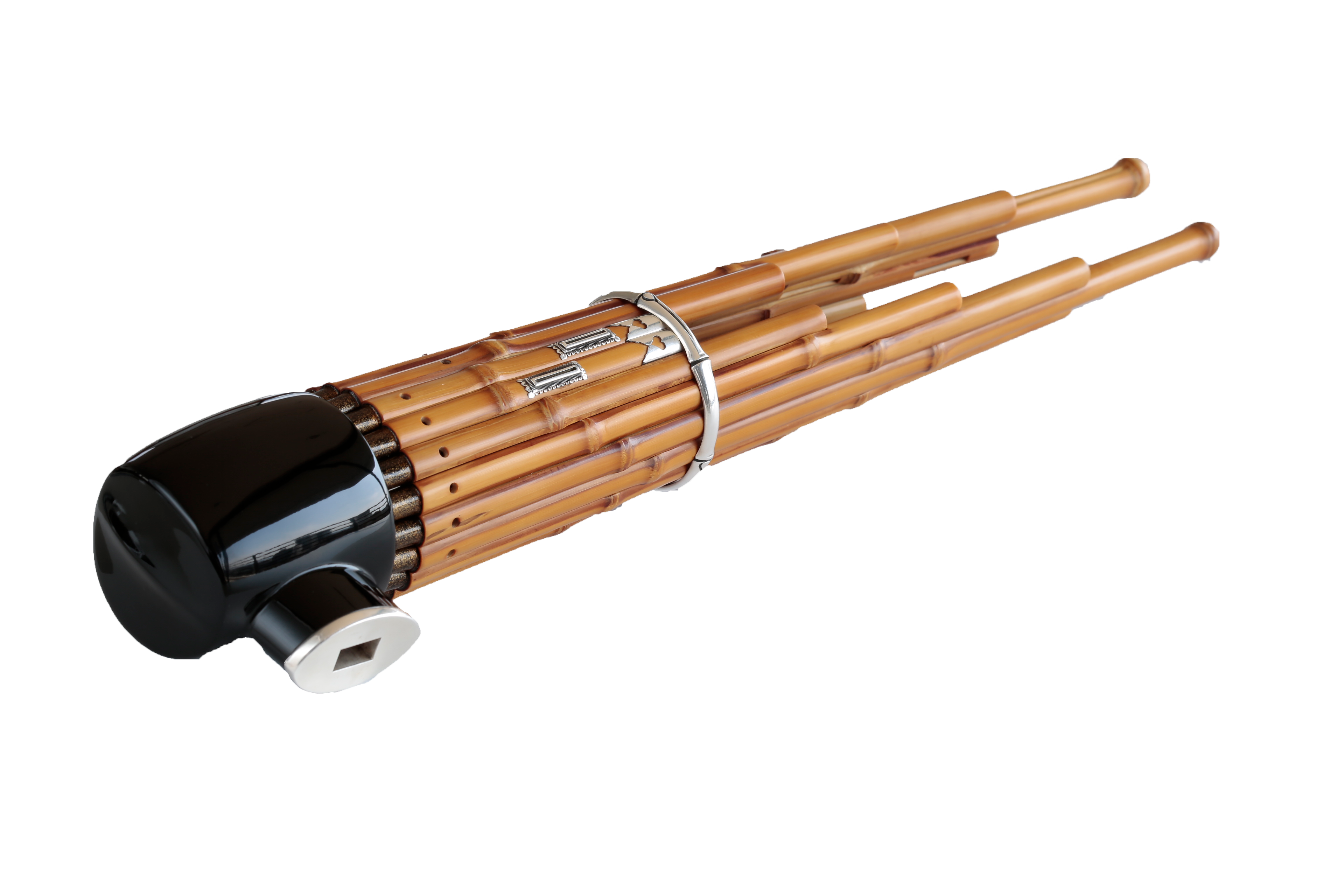
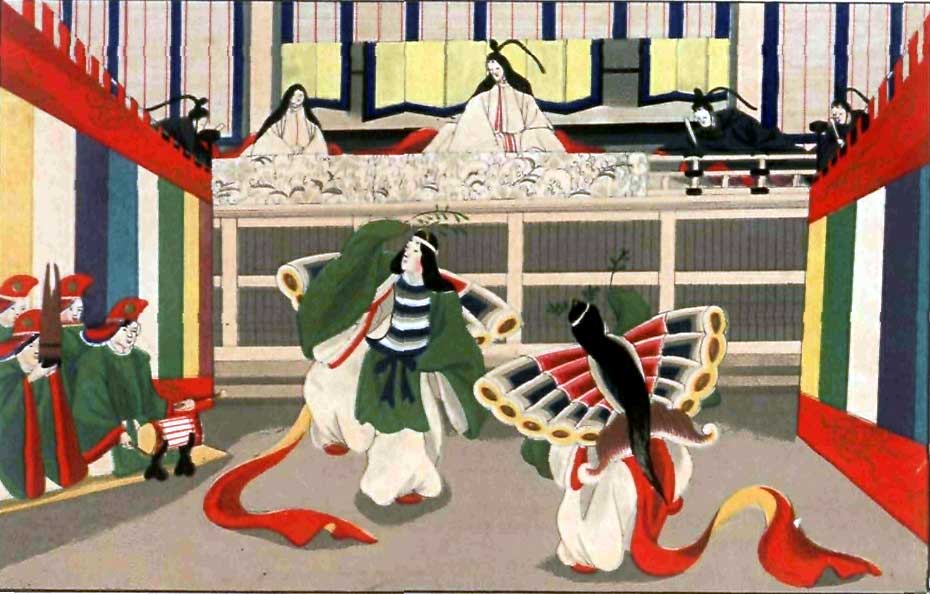
In 1955, Gagaku performed by the Court musicians of the Music Department of the Imperial Household was designated as an Important Intangible Cultural Property. At the same time, the Court musicians were collectively designated as holders of “Important Intangible Cultural Properties,” a designation that is commonly referred to as “living national treasure,” and their activities continue to this day to preserve the format of Gagaku that has been passed down through the millennia. In 2009, Gagaku performed by the Music Department of the Imperial Household was inscribed on the Representative List of the Intangible Cultural Heritage of Humanity in accordance with the UNESCO Convention for the Safeguarding of Intangible Cultural Heritage. Gagaku was thus recognized not only in Japan but also internationally as Japan’s traditional culture that should be transmitted over generations and has acquired universal value in terms of both history and art.
The Gagaku musicians are also proficient in Western music and perform at events at the Imperial Palace. The Music Department of the Imperial Household Agency is one of Japan’s oldest performing bodies of Western music.
(The Imperial Household Agency “Gagaku” http://www.kunaicho.go.jp/e-culture/gagaku.html)

